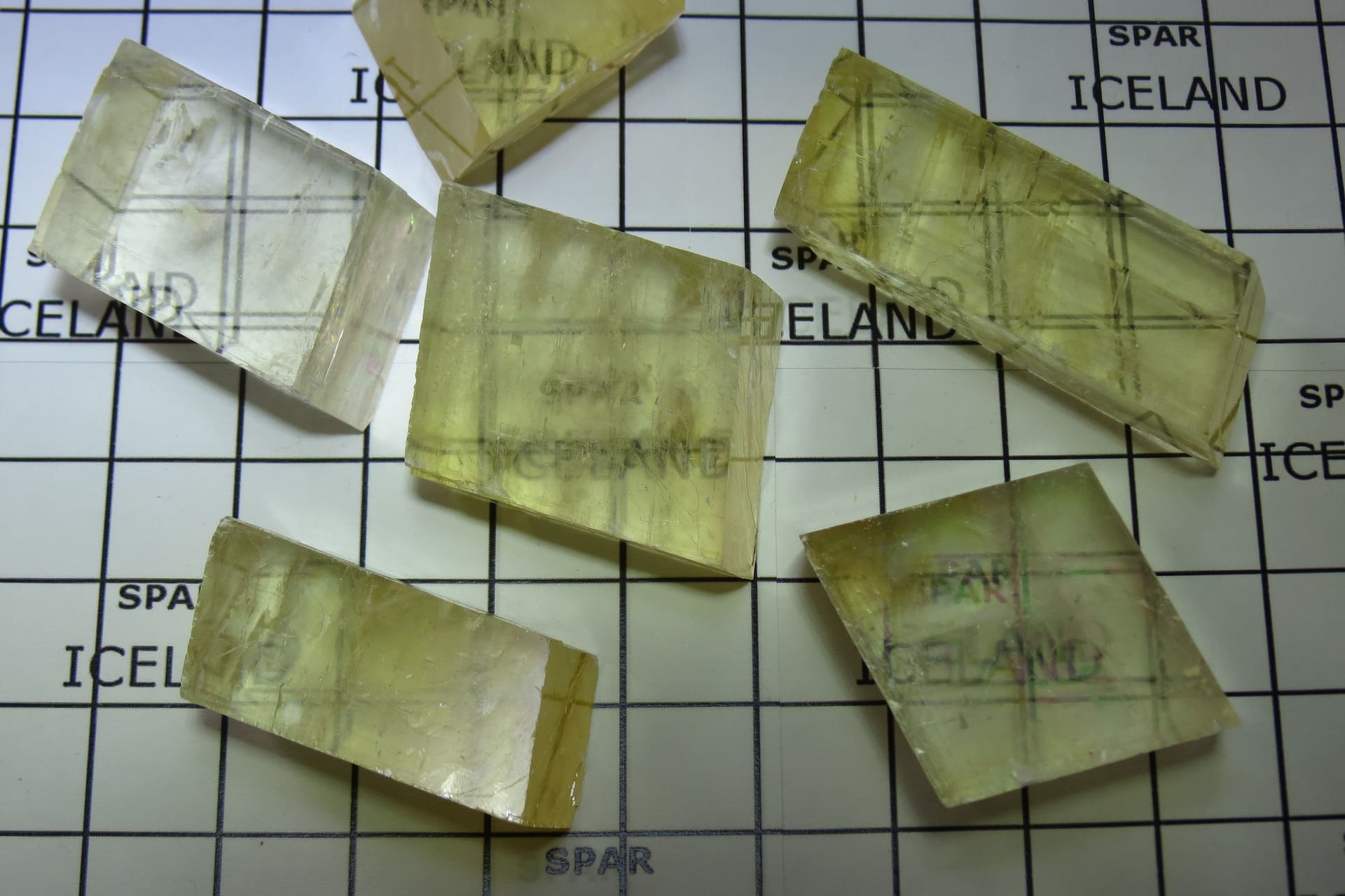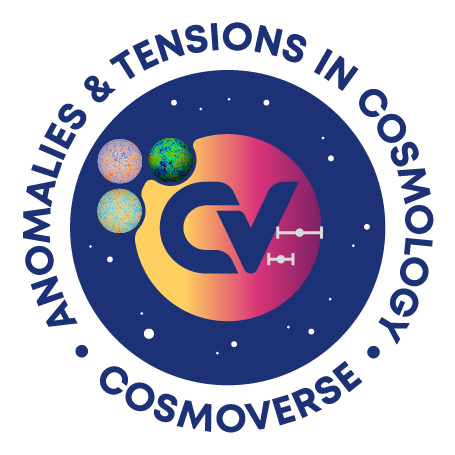Did you ever own a mineral collection?

My cousin used to have one when he was a kid. His favourite was the Iceland spar, a calcite crystal that would make you see double when you tried to read words through it. The little plaque in the case said that Vikings used to carry these “sunstones” in their travels to help them find the sun’s direction on cloudy days and safely navigate the seas.
Back then, it was just a funny little rock. Now, I understand the physics that explains its properties. Calcite reacts differently to different polarisation states. So, when light traverses the crystal, parallel and perpendicular polarisation are separated in distinct directions, forming two images of the same object. This property is called birefringence and is not limited to exotic Icelandic rocks. Birefringence is, for example, the basis of your TV’s LCD screen and of several non-invasive tests in ophthalmology, like the diagnosis of strabismus or the monitoring of glaucoma.
That brings me to my second question. Could the Universe itself behave like a birefringent crystal? Which is not a new question. It was first asked in the 90s and, lately, it has regained the attention of the scientific community. As outlandish as this line of thought might seem, the truth is that much of the Universe remains unknown to us. We only understand about 5% of its content: the small fraction that is made of ordinary matter and is governed by the laws of gravity and electromagnetism (like the protons, atoms, and molecules that form everything that we encounter in our daily lives).
The other 95% of the Universe escapes our eyes. It cannot be seen or touched, but it weighs and pushes. Galaxies could not be understood without an unseen component that weighs about 5 times more than the sum of all the stars and dust that form them. Without this invisible halo, their own rotation would shred galaxies apart or they simply wouldn’t have formed in the first place. We call this invisible mass dark matter, mainly because it doesn’t emit light, but the name also conveys the mystery of its nature. Even more of a mystery is dark energy, a fluid pushing the Universe to expand faster and faster. If the Universe was a balloon, and we lived on its surface, dark energy would be blowing to inflate the balloon even further instead of leaving it to slowly deflate and collapse on itself.
With so much of the Universe yet to discover, there’s plenty of room to let the imagination fly and entertain ideas like a birefringent Universe. In fact, some of the most popular candidates proposed to explain dark matter and dark energy could produce birefringence. Theorised particles like the axion (wittily named after a laundry detergent because it was meant to “clean away” our problems) would interact differently with different polarisation states, leading to a rotation known as cosmic birefringence. Such rotation would be minuscule, but it accumulates over time as light travels through space. Thus, although unnoticeable to our near-sighted eyes, we can try to measure its effect on the light coming from very distant astrophysical sources.
Trying to push the odds in our favour, our best chance to measure cosmic birefringence is to search for a small rotation in the polarisation of the oldest light in the Universe, the cosmic microwave background. Hopefully, the more than 13,000 million years of travel that this radiation has experienced since its emission would be enough to accumulate a perceptible rotation. After its discovery in the 60s, several ground-based telescopes and spatial missions have been dedicated to the study of the cosmic microwave background. However, all previous attempts at measuring cosmic birefringence have been thwarted by uncertainties in the calibration of the detectors. When trying to find such a minuscule effect, even the slightest miscalibration of the instrument’s orientation can produce an artificial rotation larger than any true birefringence signal.
Recently, a novel technique has been able to bypass this limitation and improve the precision of previous calibration efforts. Instead of determining the orientation of the instrument through human-made calibrators, it takes as reference the light emitted by the dust clouds inside our Galaxy. This alternative calibration has allowed us to find a hint of a birefringence rotation different from zero. The measured angle is approximately 0.3 degrees, the same rotation that the big hand of your clock experiences when going from 12:00:00 to 12:00:03.
Given the profound implications that cosmic birefringence would have in our understanding of the Universe, this result has gathered the attention of the scientific community. But for now, we must tread lightly. The measurement is currently under scrutiny, with other teams carefully examining their data to see if they find the same signal. The main argument against its veracity is its reliance on Galactic dust emission as we don’t yet know the full extent to which dust can skew the rotation that we have measured.
The dust clouds floating inside our Galaxy contain mainly carbonaceous and silicate grains, with some iron peppering the mix. Although less prone to catch a child’s attention, all of these minerals were also featured in my cousin’s collection, and now I shall spend the following years sorting through them to finally answer if the Universe is like a birefringent crystal.
